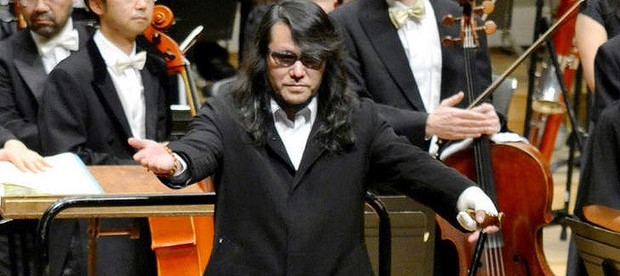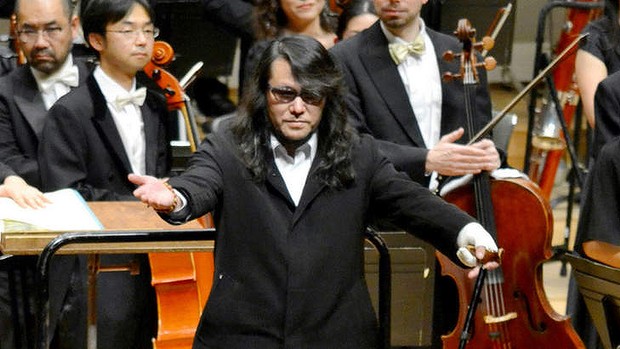Sound’s Wrong


In 2013, Mamoru Samuragochi (above) was nearing his 50th birthday and was at the the peak of his fame. A talented composer, Samuragochi was near the top of the list if you needed an original score for a video game and widely regarded as a leading talent in the realm of digital composition. He was also well known for composing a symphony about the Hiroshima bomb, one which quickly became one of the more popular classical music pieces in Japan. On top of that, his successes were in spite of a critical disability, especially for one in the music biz: Samuragochi was deaf, having lost his hearing at age 35. He earned the nickname the “digital-age Beethoven.” By any measure, he was a phenomenon.
However, there were two problems.
First, Samuragochi wasn’t deaf.
And second, he wasn’t the composer of the work he claimed as his own.
In March of 2013, Samuragochi was the subject of a 50-minute made-for-TV documentary. Perhaps this piqued interest in the incredible (literally, it turns out) life of the musical genius who couldn’t hear, as more media outlets wanted to get to know him. A few months later, according to Wikipedia, a magazine named Aera interviewed him at his apartment, but the interviewer noticed a few things were not what he expected. Not only did Samuragochi seem to answer the interviewer’s questions before the sign language interpreter finished relaying the inquiries, but at one point, the doorbell rang, and Samuragochi appeared to get up as if to answer the door. Aera was concerned that Samuragochi wasn’t what he claimed to be, but the interview never went to press. The magazine didn’t want to publish a profile of Samuragochi which could be untrue, yet it didn’t have enough for an exposé.
Their concerns turned out to be well-founded. In February of 2014, on the eve of the Sochi Olympics, a music teacher named Takashi Niigaki held a press conference, claiming that he had ghostwritten Samuragochi’s music — Samuragochi, he alleged, wasn’t a musician at all — and for that matter, Samuragochi could hear perfectly well. As the New Yorker explained, the timing of Niigaki’s announcement was critical: “Olympic figure skater Daisuke Takahashi was about to perform his short program in Sochi to Samuragochi’s “Sonatina for Violin” in front of a global audience. Niigaki was there before the cameras, he said, because he couldn’t stand to see an accomplished Japanese athlete skating to a fraud.” Niigaki claimed he made well under $100,000 over the course of the surreptitious partnership, while Samuragochi of course made much, much more than that.
At first, Samuragochi denied Niigaki’s allegations, even threatening to sue the latter for defamation. But the house of cards came tumbling down quickly, and before the month was out Samuragochi admitted that Niigaki’s claims were true.
Bonus Fact: Before the Sochi Olympics, the Russian government installed a special machine in the Moscow subways to promote the Games and, more generally, the role of sports and fitness in culture. As seen in this video, riders could perform thirty squats in front of the modified ticket machine to earn themselves a free ride on the transit system.
From the Archives: Mozart Versus the Pope: Unlike Samuragochi, Mozart had an ear for music — but like Samuragochi, it (almost) got him in big trouble.
Take the Quiz: What is the first name of these famous composers?
Related: Symphony No. 1 Hiroshima by, er, well, not by Mamoru Samuragochi. You can play a short sample of the each of the three movements at that link. The second one sounds like something out of Star Trek.
